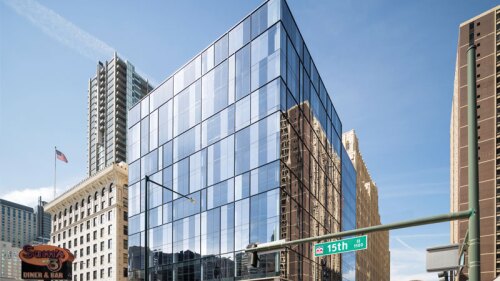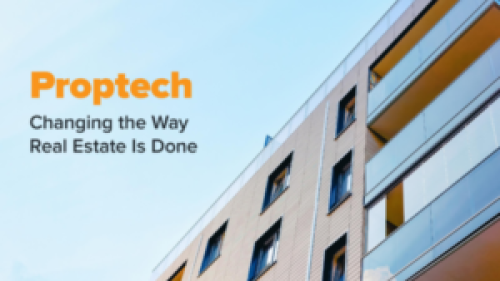Issues and Trends
Survey: 96 Percent of CRE Firms Have DEI Strategies; Increased Focus on Scholarships and Internships
Almost all commercial real estate firms have diversity, equity, and inclusion (DEI) initiatives in place in their organizations, with the number of firms adopting formal strategies increasing 5 percent year-over-year, according to the third edition of the Global Real Estate DEI Survey released in January.
A futurist discussed the potential integrating artificial intelligence into the commercial real estate industry in a general session at the 2023 ULI Fall Meeting in Los Angeles.
An upcoming ULI report highlights key steps that developers and asset managers can take to mitigate environmental impacts and enhance health through materials.
According to Placer Labs, these 10 growing retail chains had the foot traffic in 2021 to set them up for future growth in brick-and-mortar retail.
ULI recently joined a coalition of real estate associations to conduct the industry’s first global diversity, equity, and inclusion (DEI) survey. The results of the survey were discussed in a January webinar with 92 firms reporting some form of DEI initiative.
The first global benchmark of diversity, equity, and inclusion (DEI) metrics for commercial real estate shows that there is a clear mandate and momentum, with 92 percent of firms adopting programs or initiatives to improve DEI in the workplace. The Global Real Estate DEI Survey is the industry’s first global collection of corporate best practices and employee demographics for commercial real estate.
In October 2020, JPMorgan Chase announced a $30 billion Racial Equity Commitment to help close the racial wealth gap among Black, Hispanic and Latino communities. In the last year, JPMorgan Chase has deployed or committed more than $13 billion of its $30 billion goal largely driven by affordable rental housing preservation and homeownership refinance, which were existing products and processes where the firm took prompt action to do more.
Senior housing occupancy increased in the third quarter of 2021 to 80.1 percent according to new National Investment Center for Seniors Housing & Care data. A significant rebound in demand and modest increase in supply contributed to the occupancy rate increase.
At a recent ULI webinar, panelists discussed the advantages of alternative construction technologies, including modular development, panelization, mass timber, and precast concrete. While not necessarily new to the construction industry, each of these technologies is becoming increasingly well known. The webinar was part of a series hosted by the ULI Terwilliger Center for Housing.
Data analytics shines as the rising star of property technology (proptech) in the real estate industry, according to a report released by ULI and international law firm Goodwin Procter.







